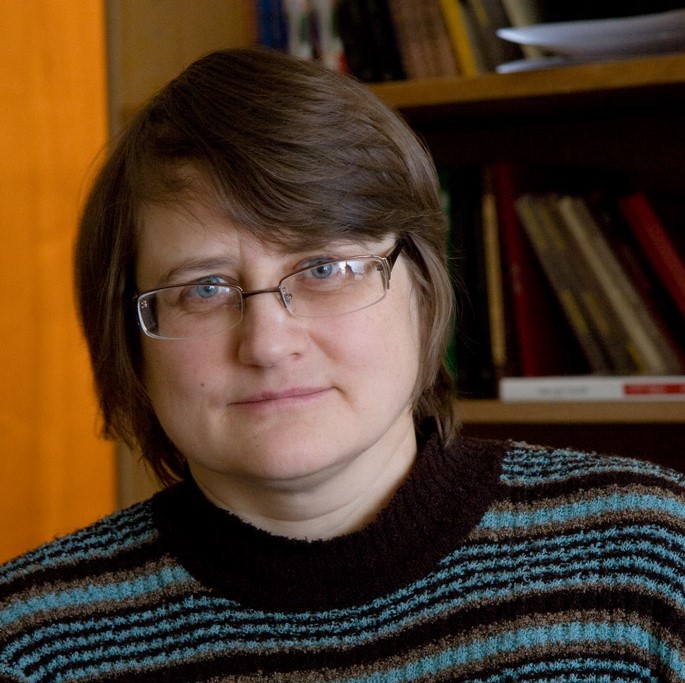In the Soviet antireligious cinematography, special attention was given to the theme of sectarianism (however, this term remained rather vague). During the period of the Khrushchev antireligious campaign, 12 full-length films were made, and sectarians appeared in 7 of them. In the following years, the films having “sectarians” as characters were also made. Religious life of the Sectarians was shown in a way the viewers felt disgust, rejection or horror (for example, there is an episode with sectarians attempting to crucify a young woman in “Tuchi nad Borskom” (“Clouds over Borsk”). At the same time, it remains unclear how objective the everyday life of sectarians appears in the same films. This article discusses the behavior paradigms of sectarians – the characters of Soviet cinema – at work or school, their family relationships and their leisure. According to the Soviet films on religious sects, most of the sectarians honestly fulfill their civil duties, while working or studying. Contrary to these, the full-time ministers are pictured as fanatics or cynical deceivers, who use religion for their own purposes. For various reasons, some sectarians (mostly male) hide their faith, while others (mostly female) speak about their religious views openly. Many sectarians are single. Yet if the elderly and the middle-aged believers are accustomed the situation, the younger ones dream of love and happiness. Romantic love of a sectarian girl to an atheist man is a common plot in antireligious films. In the films, sectarians spend their free time according to their customs and rules, which is quite realistic reflection of their subculture in the Soviet era. Thus, despite some grotesque elements, the everyday life of the Soviet sectarians is shown rather honestly and hardly differs from the life of unbelieving Soviet people (with the exception of leisure).
Key words: Soviet antireligious films, sectarians, Baptists, Pentecostals, Khristovers (Khlysty), Jehovah's Witnesses, everyday life of sectarians, work of sectarians, education of sectarians, family relations of sectarians, leisure of sectarians
DOI: 10.22250/20728662_2023_4_164
About the author
 |
Tatiana K. Nikolskaya – PhD (History), Assistant Professor at the religious organization – Spiritual Educational Organization of Higher Education of Evangelical Christians-Baptists “St. Petersburg Christian University”; 13-B Narvsky pr., St. Petersburg, 190020, Russia; This email address is being protected from spambots. You need JavaScript enabled to view it. |






